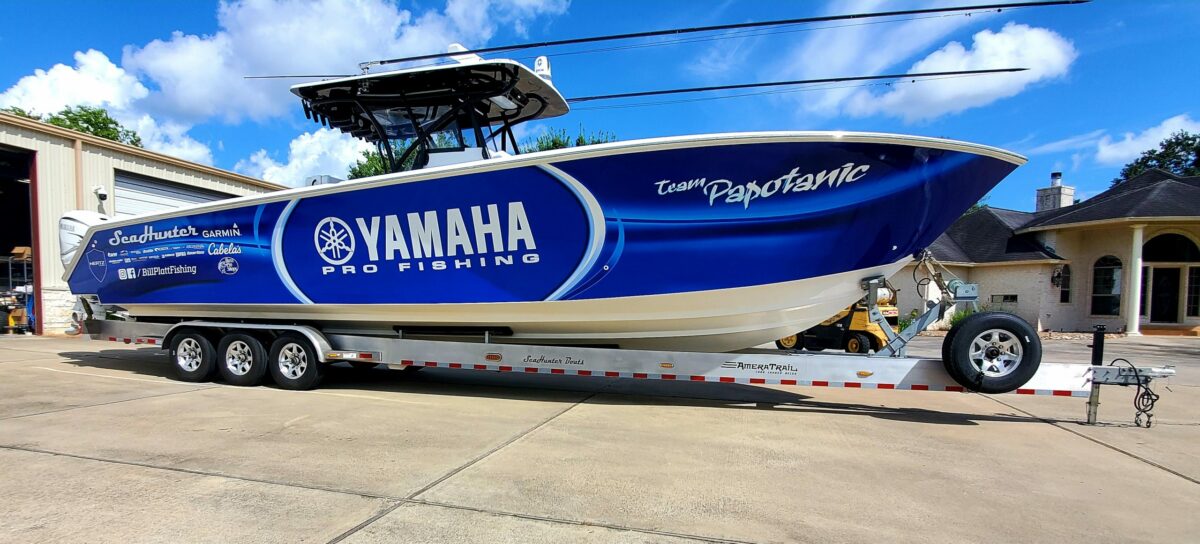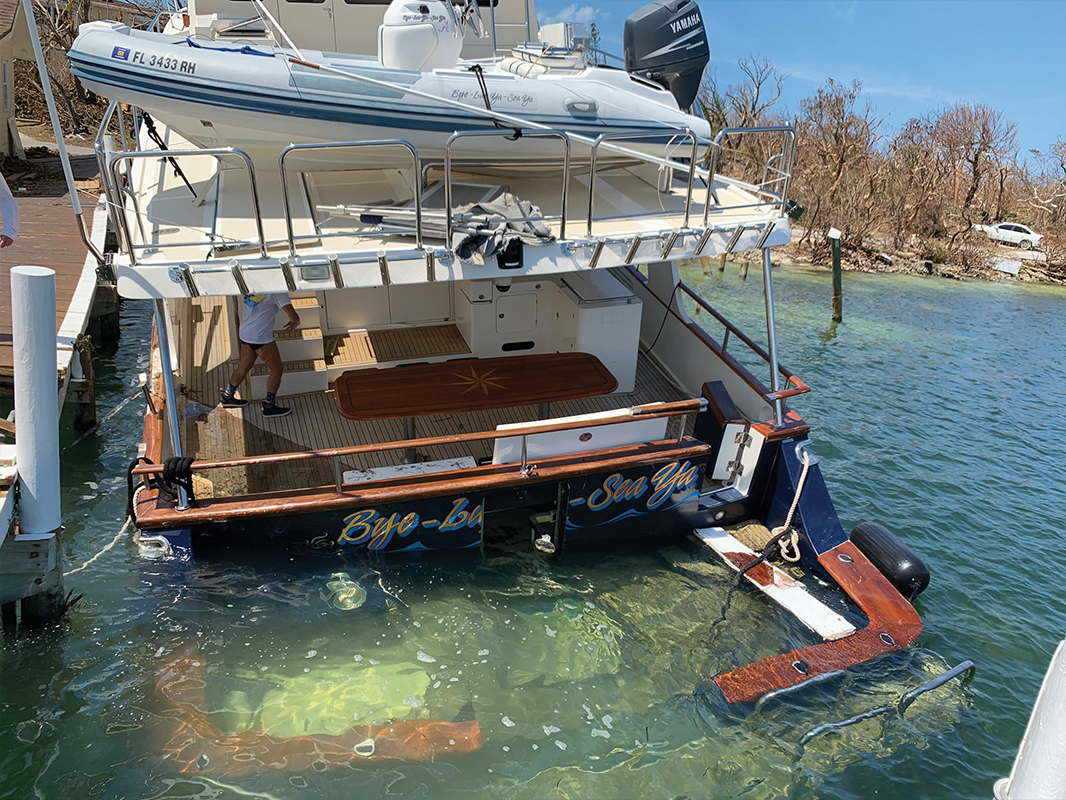
Wheel watch is the term we use on our boat for taking control of the helm. The helm, of course, is the command station of any boat. When we travel abroad, we typically cover hundreds of nautical miles in relatively short periods of time. The long days and nights underway call for the helmsman to have rest and relief. On our run to the Panama Canal from Florida, for instance, we have a crew of four. In calm conditions, each man takes the wheel for two hours during daylight hours. This affords each crew member a little rest for the upcoming nighttime wheel watch. After nightfall, we all take two-hour shifts at the wheel followed by another two hours as a companion on the bridge. The companion role helps keep the helmsman engaged in conversation and a provides a backup in the event that something unexpected arises. Wheel watch is a fairly standard procedure among most traveling sportfishers. Many variables can dictate how a wheel watch situation works. Chief among the variables are the number of crew members onboard and the sea conditions. In rough weather, we sometimes have two people in the bridge during daylight hours as well.
Common Sense Keeps the Medevac Away
Safety is always of the utmost importance. We have a few common sense rules that keep serious situations from happening. No brainer rule number one: Never go in the tower unless it absolutely necessary. If you must go up top, make sure there is someone else on the bridge. No brainer rule number two: No hanging over the rail to relieve yourself unless someone else is outside! You get the picture. These little rules may sound trivial, but they are in place to prevent potentially deadly consequences.
Wheel Watch Procedure
Prior to each crew wheel watch we also have standard operating procedures. Each man is required to walk through the engine room and look over everything. Then, whoever is being relieved at the helm will fill in his replacement on the boat location, what he is watching on radar, and any other information he may feel is important. We always clip a waterproof light on the helmsman in the event that the unthinkable happens. The helmsman has a huge responsibility. Everyone down below deck trusts this person to keep them safe. While on wheel watch, duties include keeping an eye on all engine gauges, listening for strange sounds from the engines and running gear, and monitoring the electronics and communications. After all, you never know when another vessel will ask you to change course. What is the most important thing on wheel watch? Watch where you are going! A while ago in the Gulf of Mexico there were two major sportfishing boat accidents. One incident involved a sportfishing boat that T-boned a large oil field supply vessel (the supply vessel won). In another accident, a sportfishing boat jumped the jetty coming into port and sank. Both incidents resulted from helmsmen not paying attention. So keep close watch on where you are going and remember common sense goes a long way. ” That my two-minute warning. Fraz












